Last month to shop K-Beauty on STYLE STORY. We’re moving to K-Beauty consultancy. Details
Menu
Behind The Scenes of a K-Beauty Launch
April 07, 2022

Episode Title: Behind The Scenes of a K-Beauty Launch
Episode Summary:
On today’s episode, Lauren discusses what goes into launching a new Korean beauty product. She talks through the process of making Jelly Ko’s latest product, Dewy Glaze Toner, and what took place in the 573 days from start to finish prior to the product's launch.
CONNECT WITH ME
Instagram: www.instagram.com/lauren.kbeauty
Shop Kbeauty: www.stylestory.com.au
Style Story’s Instagram: www.instagram.com/stylestory_kbeauty
Jelly Ko’s Instagram: www.instagram.com/jellyko_official
Facebook: www.facebook.com/stylestory.au
Website: www.thekoreanbeautyshow.com
Sign Up to Our Mailing List to Join Tester's Club: https://stylestory.com.au/pages/free-gift-signup
Pinterest: https://www.pinterest.com.au/stylestoryau
Tik Tok: https://vt.tiktok.com/ZSaHUgHL/
Download Your Free Guide to K-Beauty: https://manage.kmail-lists.com/subscriptions/subscribe?a=XgHS8t&g=SmUKy

Episode Summary
The concept phase - deciding what to make and why
- Why a toner?
- Toners are a very important part of the Korean skincare routine, and are used immediately after cleansing.
- When you cleanse your face, even if you use an extremely gentle cleanser, your skin will become slightly unbalanced afterwards. This is particularly the case if you are using a high pH cleanser (as many anti acne cleansing products will be).
- After cleansing, the skin is still raw and potentially unbalanced. This is where a good toner comes in. It can revitalise, re-hydrate, boost and prepare your skin to properly receive the rest of the products in your skincare.
- In western beauty, you’ll often notice that toners have a pH adjusting function or maybe even an astringent function. But Kbeauty toners are different. Their key purpose is to hydrate the skin.
- We wanted to create a good antioxidant enriched formula designed to balance and nourish the skin.
Cosmetic formulation - working with a cosmetic chemist
- The process started off with a consultation with our cosmetic chemist. We discussed the kind of product that we were hoping to make - everything from key ingredients to texture, colour, scent etc.
- Then there is a long back and forth process of tweaking, refining the formula and nailing everything down.
- It might sound simple but the process becomes really long because every minor tweak to the formula can result in quite a big change in terms of the performance and experience of using the product. This is particularly the case when it comes to things like scent and colour.
- The product started off as a colourless, unscented sample and the first thing we really worked on was nailing the texture.

Finalising the product - ingredients, colour, scent
- We experimented with a couple of different base ingredients and settled on birch sap extract. This is because it is filled with amino acids, vitamins and minerals and it is very dense. It can help to bolster the skin’s barrier function, refine skin texture, and protect it from environmental factors. That makes it perfect for sensitive skin types as well
Regulatory checks
- There is a lot of different legislation and regulations that need to be checked and of course the rules that various retailers have when it comes to formulating.
- It’s not just a matter of throwing a bunch of ingredients in and hoping it all works.
- In the end, we settled on Betula Alba Leaf water (which is Birch Sap) as our primary ingredient, followed by 3 types of hyaluronic acid (Sodium Hyaluronate, Hydrolysed hyaluronic acid and hyaluronic acid). We’ve got 3 types of berries - black, blue and strawberry. Chinaberry, Ivy Gourd. Plus arginine, panthenol. Basically a really great blend of humectants, hydrators and antioxidants.

Packaging a product
- Then we had to work on our packaging. This was another area where we had a back and forth with our cosmetic chemist.
Container creation and stability testing
- In the end we settled on an option that’s semi-frosted that we were all happy with.
Box design and creation
- We then worked with the company who makes all our boxes to create a box that was the right size, strength and fit for the container.
- Once we had the prototypes in place for the box and the container we sent everything off to our designer who worked with us on the designs for both.
- We had the boxes printed first and we went out to the factory to inspect them the day they were made and to choose the embossing for the box. We ended up choosing the same shade of embossing for the boxes as is on the container, which is a vibrant gold colour.
- The boxes themselves took about a week to make because they had to set one layer before running them through another machine to do the final layer.
Manufacturing sample sizes
- At the same time we were also working on the sample sizes. We were very fortunate that we were able to make sample sizes of the product for this product. Our designer worked on designs to match the sample sizes to the full sizes
- The manufacturer then arranged to create a bulk batch of formula for the samples, and they were all sent over to our sample manufacturer, who arranged to fill the little sample sachets for us. This process varies between manufacturers. Some manufacturers insist on filling the samples in house; others will let you outsource it to a company that specialises in samples only
Transportation - moving products around the world
- The next part of the process that takes a while is of course transporting everything and moving it from Korea to our stockists and warehouses.
STYLE STORY - Your Go-To for Kbeauty
Shop Now
"In the end, we settled on Betula Alba Leaf water (which is Birch Sap) as our primary ingredient, followed by 3 types of hyaluronic acid (Sodium Hyaluronate, Hydrolysed hyaluronic acid and hyaluronic acid)."
- Lauren Lee, Host of the Korean Beauty Show podcast
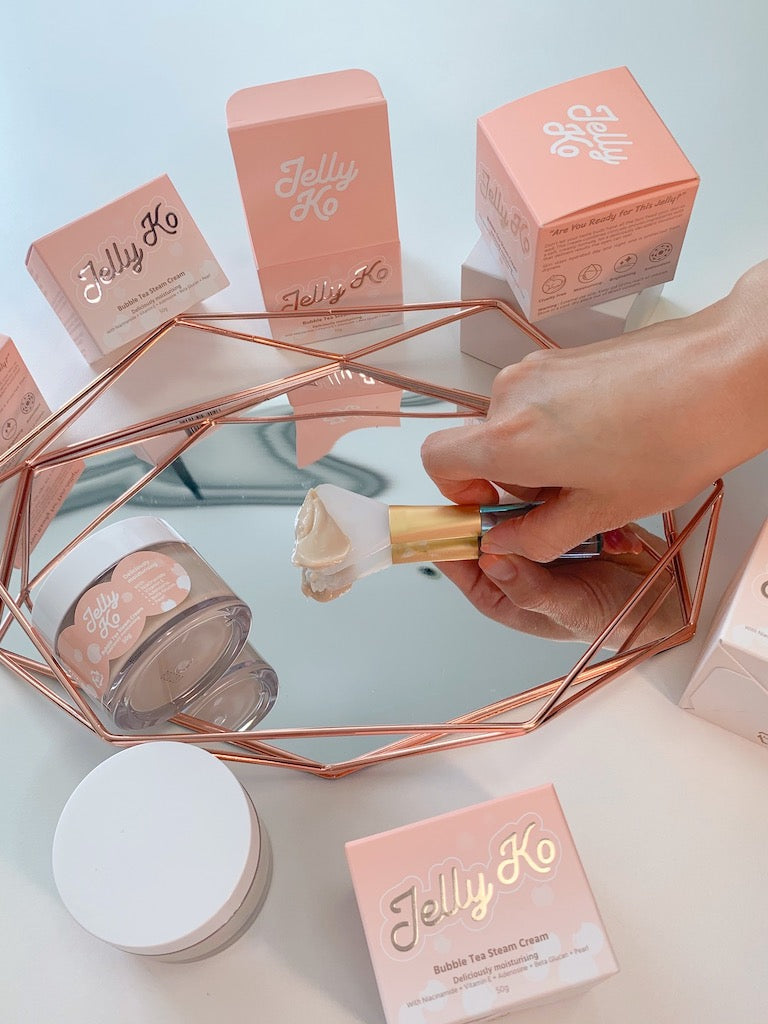
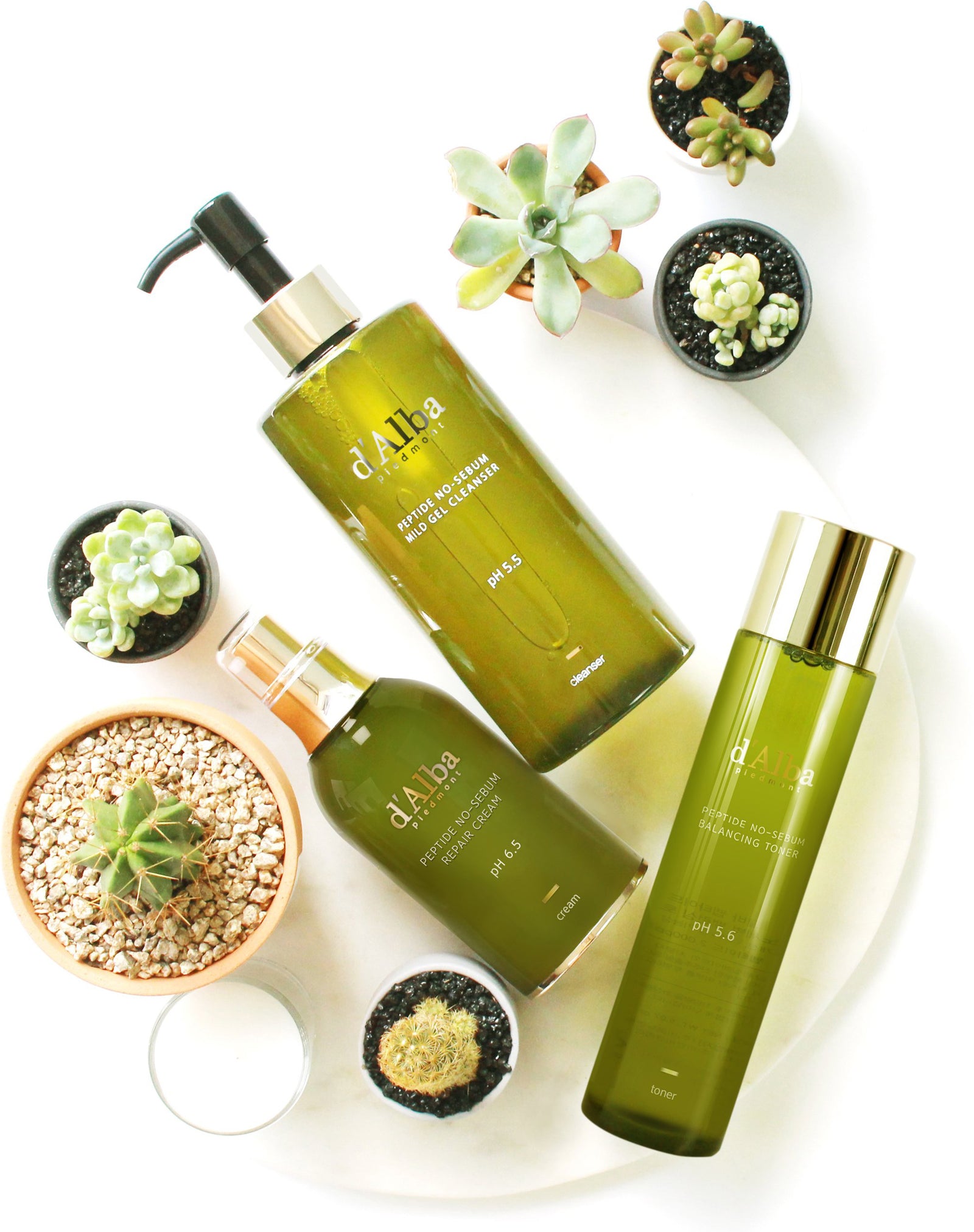
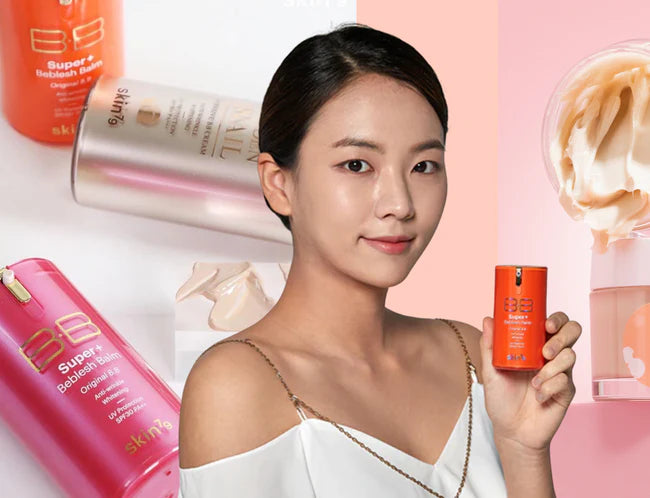
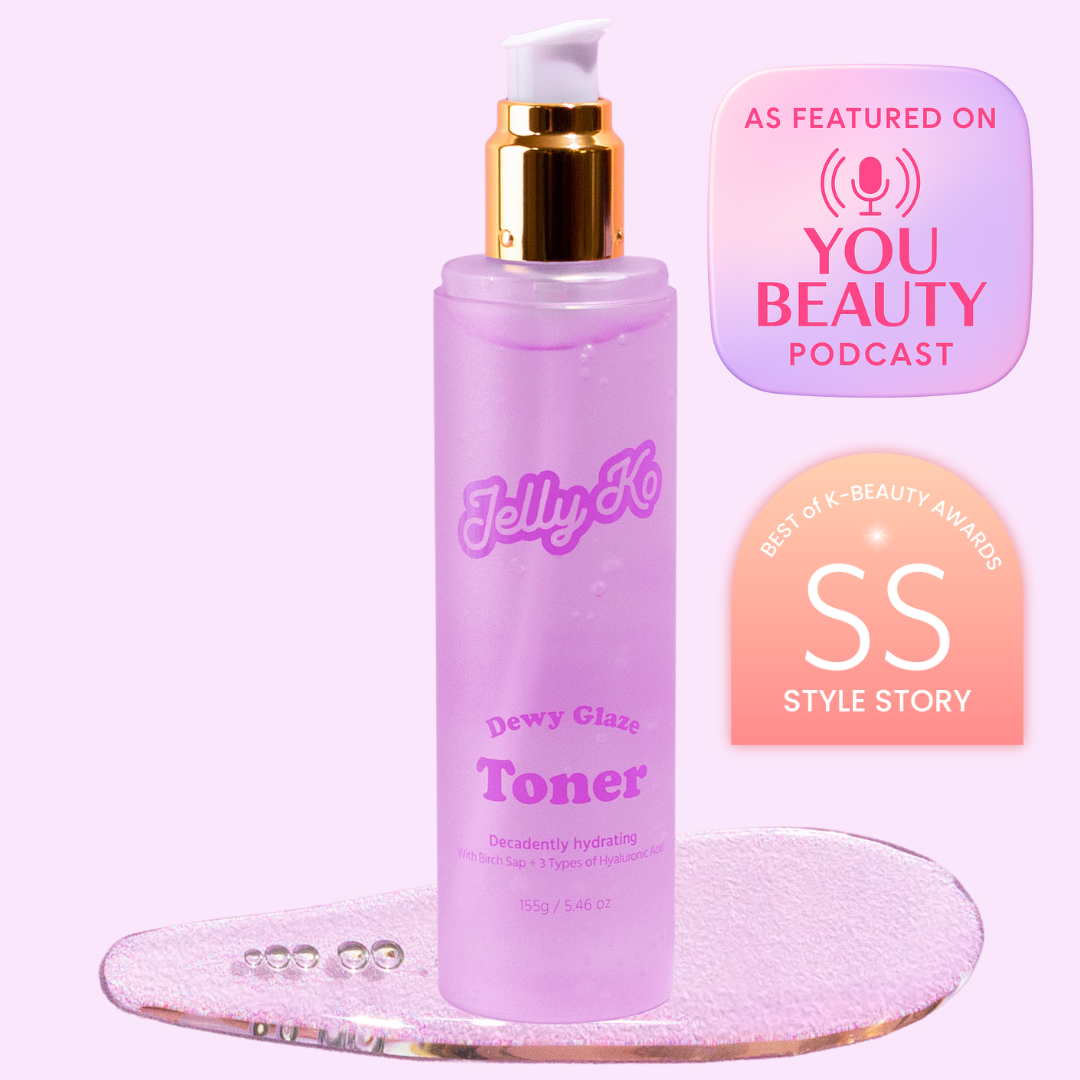
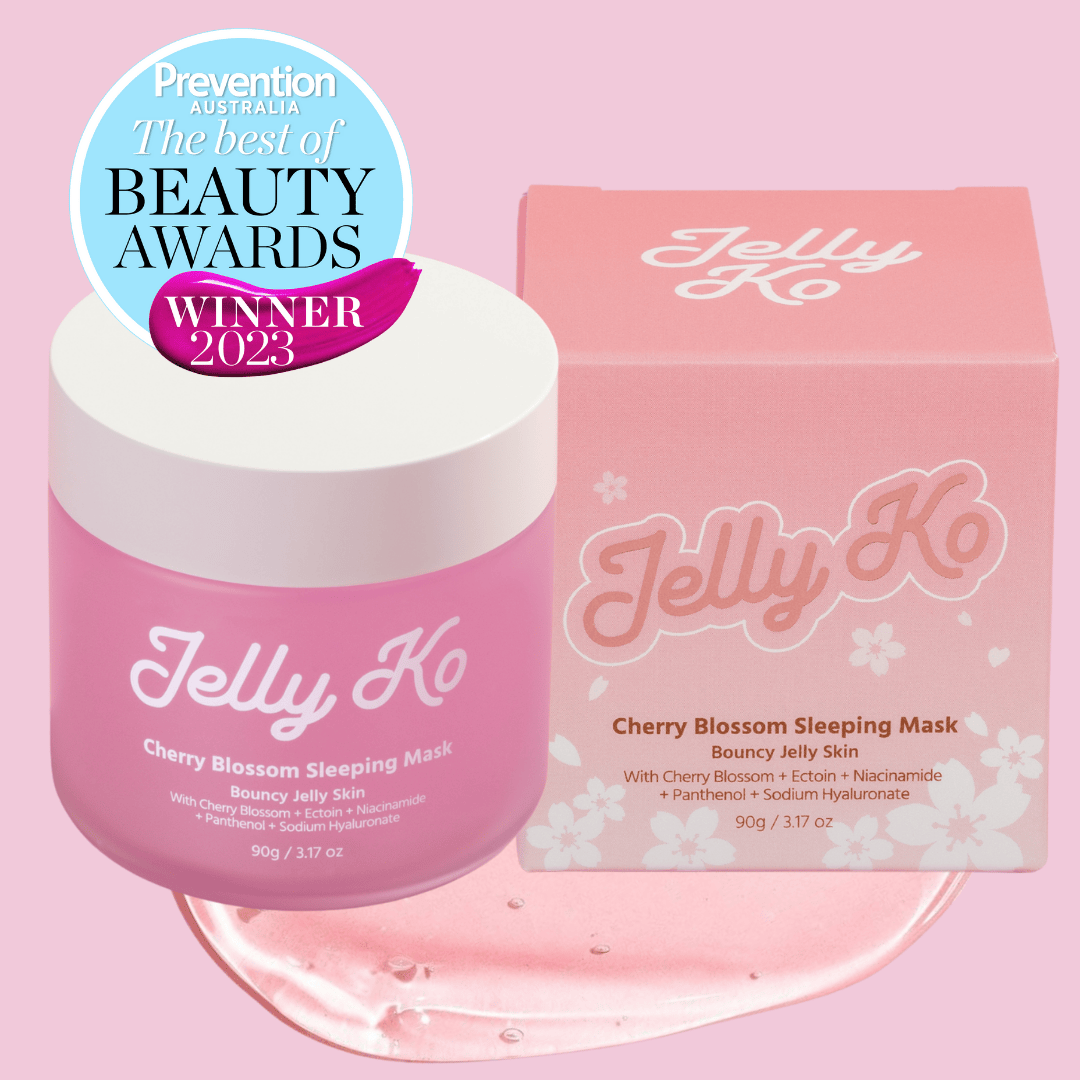
Leave a comment
Comments will be approved before showing up.